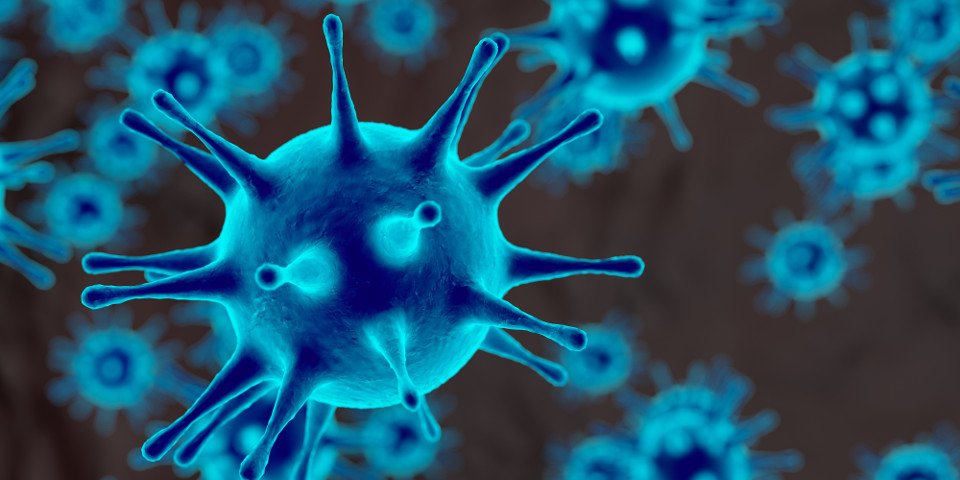A confirmed case of a novel coronavirus has been detected in Japan, making it the second confirmed case outside China and only one flight away from Australia.
After a case in Thailand was identified on 13th January the World Health Organization confirmed that the virus, known as 2019-nCoV, has now been identified in a person who had traveled to Wuhan in China, where the outbreak initially occurred.
Coronaviruses are a large family of viruses that cause illness ranging from the common cold to more severe diseases such as Middle East Respiratory Syndrome (MER-CoV) and Severe Acute Respiratory Syndrome (SARS).
The 2019-nCoV is a new strain, not been previously identified in humans. As of 13 Jan 2020, there were 59 probable cases of which 41 had tested positive for the novel coronavirus.
“The identification of a new case in Japan of the novel coronavirus which has caused the death of two people and infected approximately 40 individuals in Wuhan, China, is not an entirely unexpected development”, said Associate Professor Adam Kamradt-Scott, an expert in the spread and control of infectious diseases at the Centre for International Security Studies at the University of Sydney.
“It does provide further cause for the international community to act rapidly to try and contain this virus before it spreads further”, he said.
“To their credit, the Chinese Government has been quick to share the genome sequencing of this novel coronavirus, which has assisted us in being able to rapidly test for the presence of the virus in suspected cases. This has enabled the identification of this new case in Japan.”
Professor Kamradt-Scott said, given there are direct flights between Sydney and Wuhan – currently the epicentre of the virus – there is a reasonable chance that we might see cases emerge in Australia.
However, the Professor was careful to allay fears, and said: “given our public health system, we are well-placed to care for anyone who might have contracted the virus, but it is only through international cooperation that we will see this novel pathogen contained.”
When asked where the virus has come from, Head of the Biosecurity Research Program at the Kirby Institute at UNSW Medicine and Professor of Global Biosecurity, Professor Raina MacIntyre said, “we do not know, but if this has emerged in nature, it may have emerged from an animal species, in the same way that SARS (Severe Acute Respiratory Syndrome) and MERS CoV (Middle East Respiratory Syndrome) appear to have emerged as human infections.
“It does not appear to be highly contagious between humans at this stage, based on about 60 known symptomatic cases to date. The cases in Wuhan appear to have been exposed in the fish market, and there have been a few travel-related cases in Japan and Thailand,” she said.









